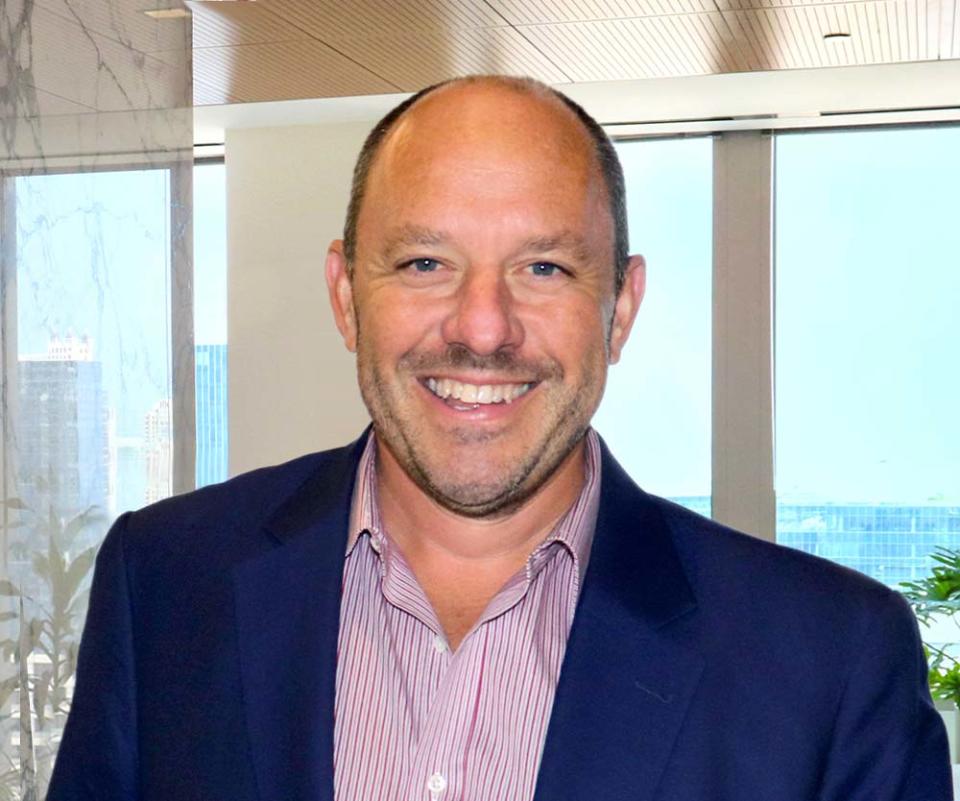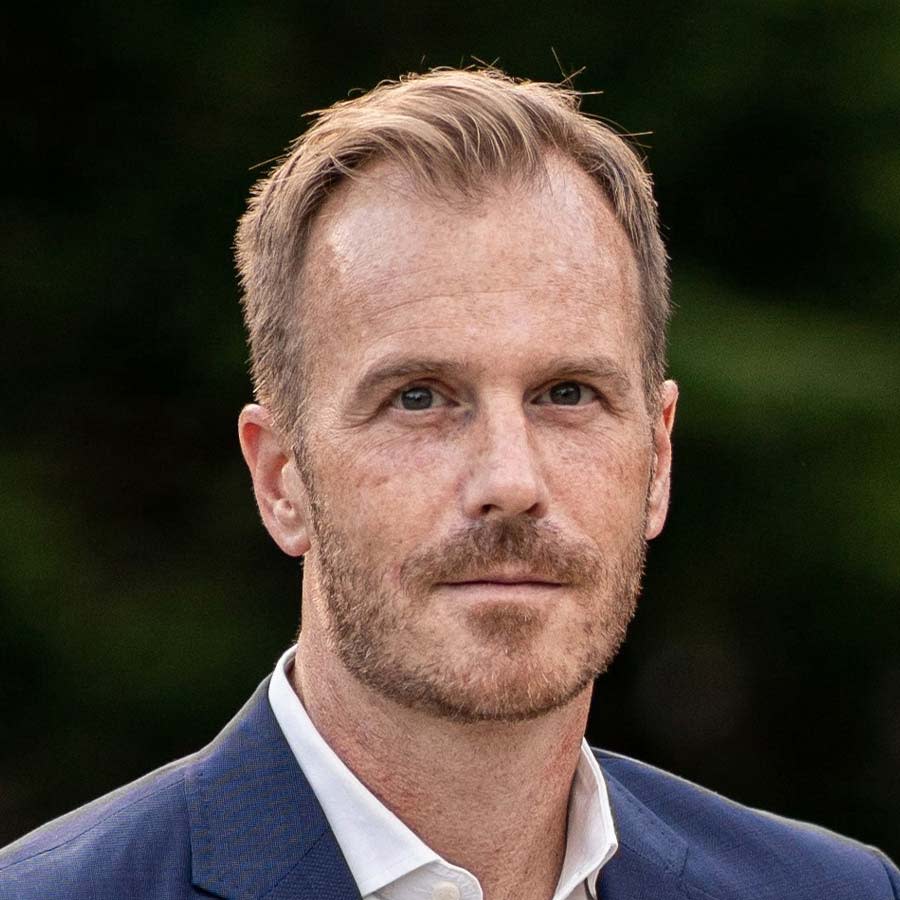What CEOs Need to Do to Win

While there have been weak spots in retail sales, the past three months of data have shown consumers to be quite resilient. And while sales seem to be trending in the right direction, not all brands and retailers are finding success.
There are a host of macroeconomic factors creating headwinds that include inflation, workforce shortages and supply chain glitches. Given the current environment, retailers need to level up their strategies and sharpen their leadership skills to stay competitive.
More from WWD
And they must stoke their passion for retailing and fashion, said Greg Portell, lead partner of Global markets at Kearney. Portell has more than two decades of management consulting experience working with consumer-centric companies.

“The biggest challenge facing retail and brand leaders is to bring excitement back to business,” Portell told WWD. “Great retail and great brands should evoke passion and excitement. The challenges facing the world today are large and scary. Growth is the paramount scorecard against which leaders will be measured. Leaders would remember that to grow, we need to reignite the creative passions that drive us through the challenges.”
Brian Ehrig, partner at Kearney and based out the firm’s New York office, acknowledged the macro-economic headwinds facing brands and retailers are challenging but noted that market leaders “do have common traits for addressing these kinds of macro issues.”

“What separates the leaders from the rest is they have put in the work to understand where the key vulnerabilities are for their business at a detailed level,” Ehrig told WWD. “They understand which of those they can control/influence versus not control, and they focus company resources to solve what can be solved and deploy people and analytics/tools to sense issues and pivot quickly to address them actively.”
When asked about the leadership qualities needed to succeed in today’s market, Portell said it is important first to understand the structure. “Organizations include three components — each requiring different leadership,” Portell said. “The ‘core’ is the heart of the organization that keeps things moving and protects the central health of the business. Left unchecked, the core can become a black hole that resists change.”
The second component is the “fringe,” which Portell described as “the creative engine of an organization. It explores new frontiers and challenges traditional norms. Much like solar flares, great ideas shoot from the fringe before burning out.”
Lastly is the “edge,” which Portell said “connects the pure energy of the fringe with the execution capabilities of the core. Without an edge, great ideas get lost in the mess of daily business. A great retail leader works to minimize the core, protect the fringe, and strengthen the edge.”
Great leaders also need to have a strategic vision — and, perhaps, an open door to the corner office. Ehrig said exceptional retail leaders “need to have a strong point of view on the direction of their business and where the industry is headed, combined with being highly likable. Why? If you can give people the clear direction of your vision and they choose to work with you because you are approachable and show you care about them, you will gain a followership.”
“We are in a people business and at the end of the day, retaining the best team is a key component of long-term competitive advantage,” he added.
Best of WWD

